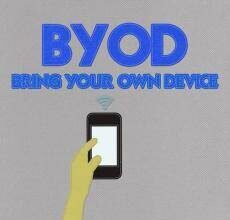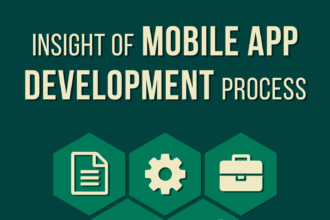The wireless spectrum is limited, and cellular carriers are doing everything in their power to maximize its efficiency. Between January 2007 and December 2013, mobile data traffic grew by more than 50,000 percent, and that number is only expected to keep rising. Customers constantly demand newer, faster technology.
The wireless spectrum is limited, and cellular carriers are doing everything in their power to maximize its efficiency. Between January 2007 and December 2013, mobile data traffic grew by more than 50,000 percent, and that number is only expected to keep rising. Customers constantly demand newer, faster technology.
This is why we see the continual evolution from one network technology to the next. By shutting down the 2G network, carriers open up spectrum for 4G and 5G technologies — along with the higher rate-paying devices that come with them.
The 2G shutdown has already begun. AT&T’s network will be fully retired by January 2017, and Verizon is scrapping its 2G and 3G CDMA networks by 2021, replacing them with faster 3G and 4G networks. Few carriers are continuing to support the development of 2G devices as this phaseout progresses.
Why Does Sunsetting Matter?
If your main contact with the wireless spectrum is via your iPhone, you might be thinking this is great news. But start looking around you, and you’ll soon see the potentially devastating consequences.
We might think of 2G devices as being older, obsolete cell phones, but the 2G network supports a whole range of machine-to-machine devices that are used virtually everywhere. They monitor and gather information on vehicles, in cities, and at businesses across the globe.
For a small shop owner, this might be a point-of-sale credit card machine that ceases to process payments because it doesn’t have a connection. For an oil and gas company, it could mean the loss of data communication with a remote pipeline. And for individuals with wireless security systems installed in their homes, this means their homes are vulnerable until they upgrade to a more expensive option.
More than 10 million devices will be hit by the AT&T shutdown, and that’s just one carrier. By 2016, experts estimate there will be approximately 123 million active M2M devices, and many of them will not be ready for this switch.
The Impact of Sunsetting
For entrepreneurs and businesses affiliated with the impacted industries, this is a complete upheaval of technology. The costs could be huge.
Companies will have to completely redo tasks that their business models probably never accounted for. Giant investments have been sunk into implementing M2M technology, and many of these devices will be rendered useless — not because they’re broken, but because they can no longer run on their network. Someone will have to go out and track down each unit, replace the hardware, and figure out a new way to connect the device.
This will necessitate long-term ROI calculations — choosing network technologies will require greater thought. As standards have yet to be developed for M2M networks, performance, reliability, and security parameters can fluctuate among carriers.
We’re facing an uncertain future; there isn’t yet a next-gen cellular alternative to move toward. There’s been talk of the development of an LTE Category 1; despite the testing that has occurred, experts agree this is still a long way from reality. And even if it was primed and prepped today, what would tomorrow hold? Will we see 5G next year — and 6G the year after?
What Can We Do?
For those who build or sell devices, this opens up a new sales cycle. Millions of devices are going to go in the trash, and replacements need to be found. The best we can hope for is an alternative technology dedicated to M2M applications, not human use.
Cellular communication is a great technology for humans, and that’s what it was designed to be. Machines require different cost structures, data models, and coverage. The vast majority of M2M devices are low-bandwidth — consuming less than 1 megabyte of data per month — making cellular connectivity not necessarily the most cost-effective option for connecting these devices.
It’s time to start taking the Internet of Things seriously. To protect our homes, our businesses, and our data, we need to find a viable, long-lasting solution to the 2G sunset.









